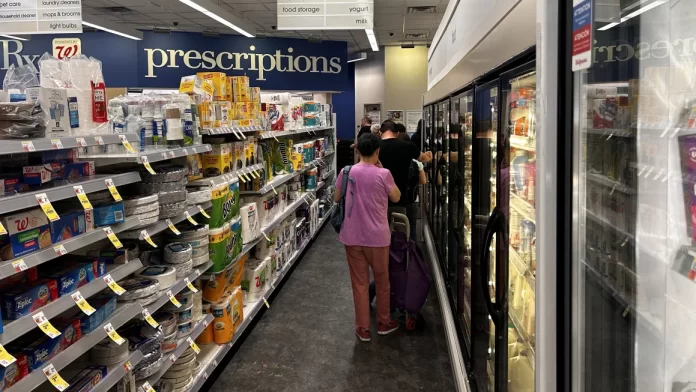Walgreens’ Struggles in a Changing Market
Drug stores across the United States are facing significant challenges, but Walgreens stands out as being in particularly dire straits. Over the past five years, Walgreens’ stock has plummeted by more than 80%, making it one of the worst-performing stocks in that period. In response to its struggles, the company plans to close 1,200 stores—approximately 15% of its locations—and is reportedly exploring a potential move to exit the public market.
According to a Wall Street Journal report, Walgreens is in discussions with private equity firm Sycamore Partners about a deal to take the company private. While both parties declined to comment on the matter, this development underscores Walgreens’ effort to navigate its current challenges.
Why Pharmacies Are Struggling
Pharmacies like Walgreens are grappling with shifts in both the healthcare and retail landscapes. Walgreens’ business model—which heavily relies on filling prescriptions and selling everyday retail items—has been hit hard by declining reimbursement rates for prescription drugs and changing consumer habits.
Falling Profits in Prescription Services
The pharmacy business has seen profits shrink in recent years, largely due to declining reimbursement rates. Pharmacy Benefit Managers (PBMs), which negotiate drug prices on behalf of insurers, have been cutting payments to pharmacies in an effort to increase their own profits. This system leaves traditional pharmacies like Walgreens with slimmer margins on prescription sales.
The Retail Front’s Decline
Walgreens’ retail operations, which include snacks, household essentials, and other non-prescription items, have struggled to compete with online retailers like Amazon and big-box stores such as Walmart and Costco. While 26% of Walgreens’ U.S. retail pharmacy sales come from these front-end items, CVS—its larger competitor—generates just 21% of sales from this category, having shifted focus to healthcare services.
CVS vs. Walgreens: A Tale of Two Strategies
CVS has outpaced Walgreens by diversifying into the lucrative healthcare sector. Through strategic acquisitions, such as merging with insurer Aetna and operating its own PBM, Caremark, CVS has offset its challenges in the pharmacy and retail segments. While CVS faces similar difficulties—including closing more than 1,000 stores and replacing its CEO earlier this year—its diversified model has provided some insulation.
In contrast, Walgreens’ smaller scale has made it less competitive in negotiating prices with insurers and PBMs, leaving it more exposed to the financial pressures plaguing the pharmacy industry.
The National Pharmacy Crisis
The struggles of Walgreens reflect a broader issue in the U.S. pharmacy industry. A study published in Health Affairs reveals that nearly one in three pharmacies closed between 2010 and 2021, with independent pharmacies being more than twice as likely to shut down compared to chain stores. Counties with predominantly Black and Latino populations experienced higher rates of closures, exacerbating health disparities.
Pharmacy closures can have severe consequences, reducing access to vital services such as vaccinations, contraceptives, and treatments for opioid use disorder. “Closures may widen health disparities in access to prescription and other essential pharmacy services,” said Jenny Guadamuz, assistant professor at UC Berkeley School of Public Health and co-author of the study.
What Lies Ahead for Walgreens?
Walgreens’ future remains uncertain as it navigates these turbulent waters. The potential privatization deal with Sycamore Partners could provide the company with breathing room to restructure away from the scrutiny of public markets. However, without significant changes to its business model, Walgreens will continue to face mounting challenges in both the pharmacy and retail sectors.








